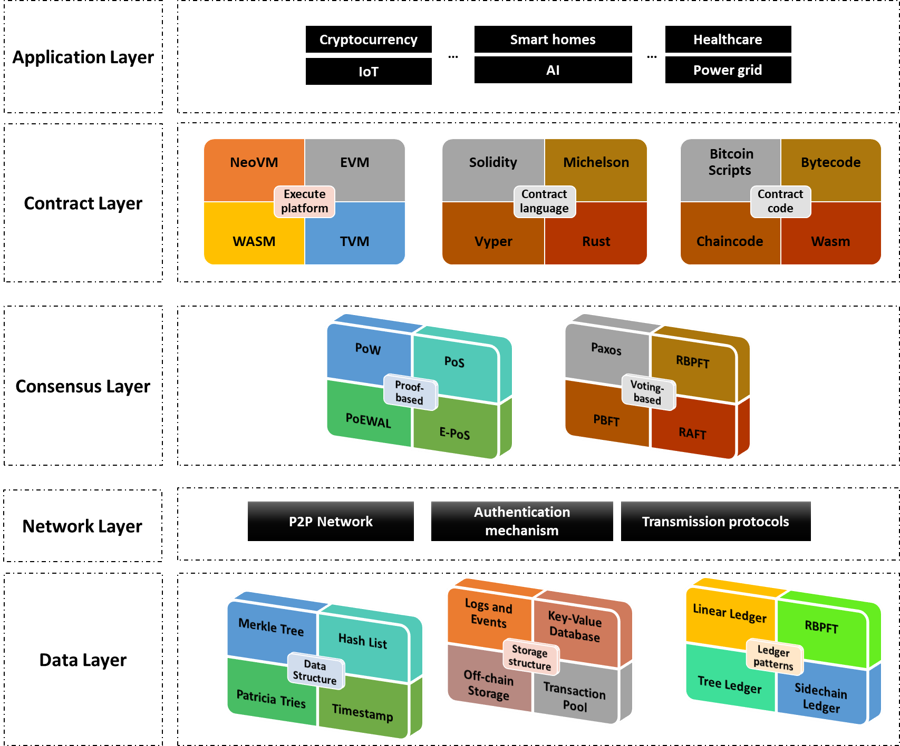SFMR-SH: Secure Framework for Mitigating Ransomware Attacks in Smart Healthcare Using Blockchain Technology
Main Article Content
Abstract
As the healthcare industry increasingly relies on digital technology and the Internet of Things (IoT) to improve patient care and streamline operations, the vulnerability to ransomware attacks has become a significant concern. In response to this pressing issue, we present SFMR-SH (Secure Framework for Mitigating Ransomware Attacks in Smart Healthcare), a groundbreaking approach that integrates IoT devices with blockchain technology to fortify healthcare data security. SFMR-SH leverages blockchain's inherent properties, including immutability and transparency, to create an impervious fortress for sensitive patient data. Through comprehensive simulations employing machine learning algorithms (KNN, SVM, Random Forest, Gradient Boosting, and XGB), we assess the framework's ability to detect and mitigate ransomware attacks. Results underscore the framework's effectiveness, achieving an impressive detection accuracy of 99.33%. This research represents a significant stride in fortifying smart healthcare systems, providing a secure environment amid the escalating threat landscape, and ensuring the uninterrupted delivery of vital healthcare services. Our findings highlight the exceptional promise of SFMR-SH in revolutionizing healthcare data security, safeguarding patient privacy, and fortifying the future of smart healthcare systems in an increasingly digitalized healthcare landscape.
Downloads
Article Details

This work is licensed under a Creative Commons Attribution 4.0 International License.





